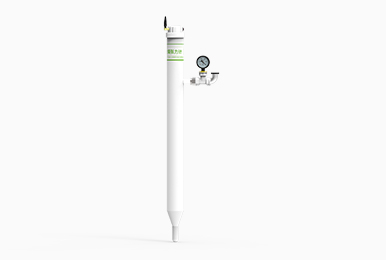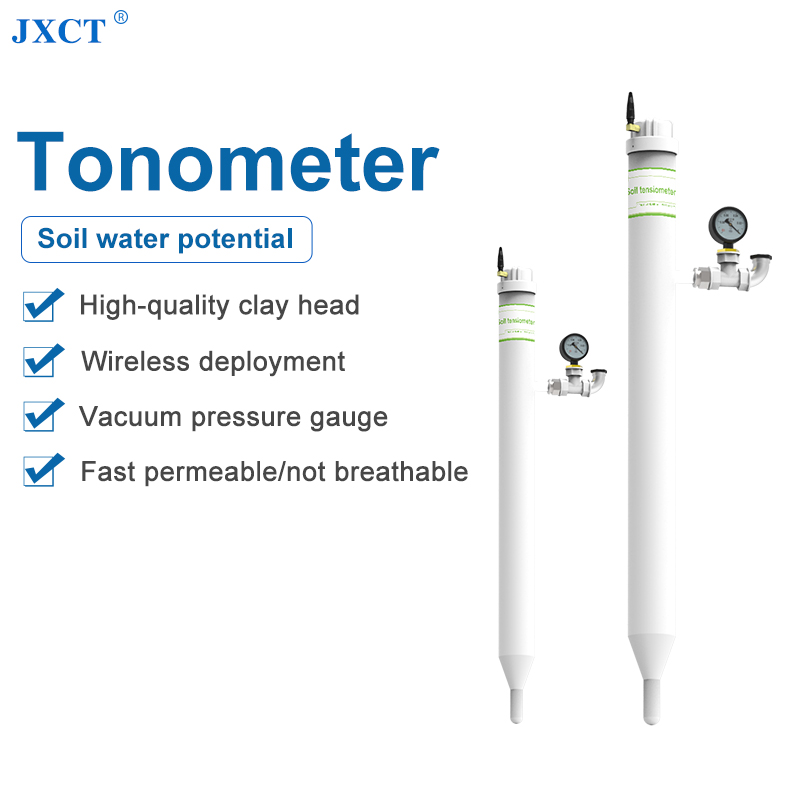A soil tensiometer is a device that measures the tension of water in the soil. Tension is the force that water molecules exert on each other, and it is a measure of how dry the soil is. Soil tensiometers are used to determine the water potential of the soil, which is the energy status of the water in the soil. Water potential is a measure of how much water plants can absorb from the soil.

There are many different types of soil tensiometers, but all of them work on the same basic principle. A soil tensiometer has a porous ceramic cup that is inserted into the soil. The cup absorbs water from the soil, and the tension of the water in the cup is measured by a gauge. The gauge is calibrated to give a reading in centimeters of water column (cm of H2O).
To use a soil tensiometer, first select a tensiometer that is appropriate for the type of soil you are measuring. Then, insert the tensiometer into the soil to the desired depth. The depth of measurement will vary depending on the type of plant you are growing and the soil type. For example, a deep-rooted plant may require a measurement at a depth of 12 inches, while a shallow-rooted plant may only require a measurement at a depth of 6 inches.
Once the tensiometer is in place, wait for the gauge to stabilize. This may take several hours, depending on the soil type and the temperature. Once the gauge has stabilized, read the measurement and record it.
It is important to calibrate your soil tensiometer regularly. This will ensure that the readings are accurate. To calibrate your tensiometer, you will need to use a known source of water, such as a distilled water bottle. Fill the tensiometer with the known source of water and allow it to equilibrate for several hours. Once the tensiometer has equilibrated, read the measurement and record it. This reading will be your calibration factor.

To use your calibrated tensiometer, simply insert it into the soil to the desired depth and read the measurement. Subtract your calibration factor from the measurement to obtain the soil water potential.
Soil water potential is a measure of how much water plants can absorb from the soil. A high soil water potential indicates that the soil is wet and plants can absorb water easily. A low soil water potential indicates that the soil is dry and plants may have difficulty absorbing water.
The optimal soil water potential for most plants is between -0.03 and -0.05 bar. If the soil water potential is too high, the soil will be wet and plants may be susceptible to diseases. If the soil water potential is too low, the soil will be dry and plants may wilt or die.
By monitoring the soil water potential, you can ensure that your plants have the water they need to grow healthy.
Here are some tips for using a soil tensiometer:
- Use a tensiometer that is appropriate for the type of soil you are measuring.
- Insert the tensiometer into the soil to the desired depth.
- Wait for the gauge to stabilize before reading the measurement.
- Calibrate your tensiometer regularly.
- Use the soil water potential to determine when to irrigate your plants.
By following these tips, you can use a soil tensiometer to ensure that your plants have the water they need to grow healthy.

No comments yet